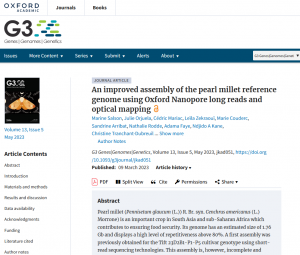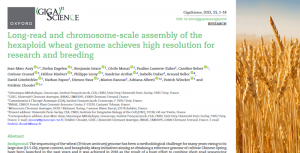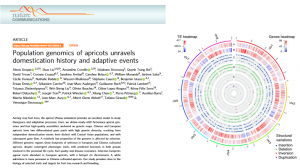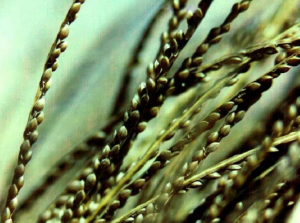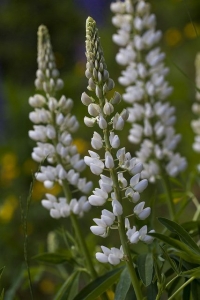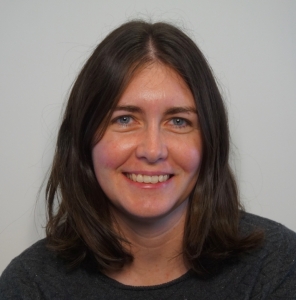
Sandrine Arribat
Arrival date : 2017
Departure date : 30/06/2021
Status : Research Assistant
Roles :
Last completed degree : Agricultural engineers' degree of VetAgro Sup (Institue of higher education, Clermont-Ferrand) - Master's degree in plant genetic and physiology (Université Clermond-Ferrand II)
Professional experiences :
- Project coordinator
- Other Project Partner(s)
- CNRGV's responsible: Sandrine Arribat
- Realated publications
- Funding sources
- Start year of the project :2019
- Duration: 2 years
Comparative genomics of Armeniaca (apricot) species
Something went wrong when connecting to PubMed API.
Click here to access to the publication on PubMed website
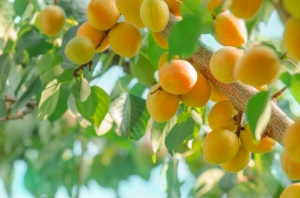
Comparative genomics of Armeniaca (apricot) species
Sustainable fruit production relies on the introduction of genetic resistance to diseases and pests from wild populations into the cultivated germplasm....
Read more
Sustainable fruit production relies on the introduction of genetic resistance to diseases and pests from wild populations into the cultivated germplasm.
For identifying genes linked to agronomically important traits, we collected wild apricot populations of Apricot related species, they present a high level of genotypic and phenotypic diversity.
De novo genome assemblies were performed for the most important Armeniaca Fruit species (P.armeniaca, P. sibirica, P. mandshurica), in order to facilitate the introgression of valuable genes into the cultivated germplasm.
In the current project, we propose to compare their genome architecture and identify possible structural re-arrangements during Armeniaca evolutionary history.
Véronique DECROOCQ
INRA UMR BFP 1332, Virologie
Laboratory website : https://www6.bordeaux-aquitaine.inra.fr/bfp
Alexis GROPPI
Université de Bordeaux CBIB
Laboratory website : https://www.cbib.u-bordeaux.fr/
Groppi Alexis, Shuo Liu, Amandine Cornille, Stéphane Decroocq, Quynh Trang Bui, David Tricon, Corinne Cruaud, Sandrine Arribat, Caroline Belser, William Marande, Jérôme Salse, Cécile Huneau, Nathalie Rodde, Wassim Rhalloussi, Stéphane Cauet, Benjamin Istace, Erwan Denis, Sébastien Carrère, Jean-marc Audergon, Guillaume Roch, Patrick Lambert, Tetyana Zhebentyayeva, Wei-sheng Liu, Olivier Bouchez, Céline Lopez-roques, Rémy-félix Serre, Robert Debuchy, Joseph Tran, Patrick Wincker, Xilong Chen, Pierre Pétriacq, Aurélien Barre, Macha Nikolski, Jean-marc Aury, Albert Glenn Abbott, Tatiana Giraud, and Véronique Decroocq. 2021. Population genomics of apricots unravels domestication history and adaptive events. Nature Communications 1–16. doi: 10.1038/s41467-021-24283-6.
| - France Génomique SWAG project |
|
| - ANR ABRIWG project |
|
| - PRIMA FREECLIMB |
|
Interplay between large low-recombining regions and pseudo-overdominance in a plant genome
Something went wrong when connecting to PubMed API.
Click here to access to the publication on PubMed website
An improved assembly of the pearl millet reference genome using Oxford Nanopore long reads and optical mapping
Something went wrong when connecting to PubMed API.
Click here to access to the publication on PubMed website
Long-read and chromosome-scale assembly of the hexaploid wheat genome achieves high resolution for research and breeding
Something went wrong when connecting to PubMed API.
Click here to access to the publication on PubMed website
Cantaloupe melon genome reveals 3D chromatin features and structural relationship with the ancestral Cucurbitaceae karyotype.
Something went wrong when connecting to PubMed API.
Click here to access to the publication on PubMed website
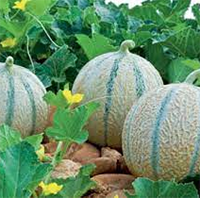
Cantaloupe melon genome reveals 3D chromatin features and structural relationship with the ancestral Cucurbitaceae karyotype.
Clement Pichot, Anis Djari, Joseph Tran, Marion Verdenaud, William Marande, Cecile Huneau, Veronique Gautier, David Latrasse, Sandrine Arribat, Vivien Sommard, Christelle Troadec, Charles Poncet, Mohammed Bendahmane, Judit Szecsi, Catherine Dogimont, Jerome Salse, Moussa Benhamed, Mohamed Zouine, Adnane Boualem, Abdelhafid Bendahmane.
Read more
Journal: IScience
https://doi.org/10.1016/j.isci.2021.1036
Abstract
Cucumis melo displays a large diversity of horticultural groups with Cantaloupe melon the most cultivated type. Using a combination of single-molecule sequencing, 10X Genomics link-reads, high-density optical and genetic maps and chromosome conformation capture (Hi-C) we assembled a chromosome scale C.melo var. cantalupensis Charentais mono genome. Integration of RNA-seq, MeDip-seq, ChIP-seq and Hi-C data revealed a widespread compartmentalization of the melon genome, segregating constitutive heterochromatin and euchromatin. Genome-wide comparative and evolutionary analysis between melon botanical groups identified Charentais mono genome increasingly more divergent from Harukei-3 (reticulatus), Payzawat (inodorus), and HS (ssp. agrestis) genomes. To assess the paleohistory of the Cucurbitaceae, we reconstructed the ancestral Cucurbitaceae karyotype and compared it to sequenced cucurbit genomes. In contrast to other species that experienced massive chromosome shuffling, melon has retained the ancestral genome structure. We provide comprehensive genomic resources and new insights in the diversity of melon horticultural groups and evolution of cucurbits.
Population genomics of apricots unravels domestication history and adaptive events
Something went wrong when connecting to PubMed API.
Click here to access to the publication on PubMed website
Fonio millet genome unlocks African orphan crop diversity for agriculture in a changing climate
Something went wrong when connecting to PubMed API.
Click here to access to the publication on PubMed website
High-quality genome sequence of white lupin provides insight into soil exploration and seed quality
Something went wrong when connecting to PubMed API.
Click here to access to the publication on PubMed website
Something went wrong when connecting to PubMed API.
Click here to access to the publication on PubMed website
Something went wrong when connecting to PubMed API.
Click here to access to the publication on PubMed website
Something went wrong when connecting to PubMed API.
Click here to access to the publication on PubMed website
Something went wrong when connecting to PubMed API.
Click here to access to the publication on PubMed website
Something went wrong when connecting to PubMed API.
Click here to access to the publication on PubMed website
Something went wrong when connecting to PubMed API.
Click here to access to the publication on PubMed website
Something went wrong when connecting to PubMed API.
Click here to access to the publication on PubMed website


